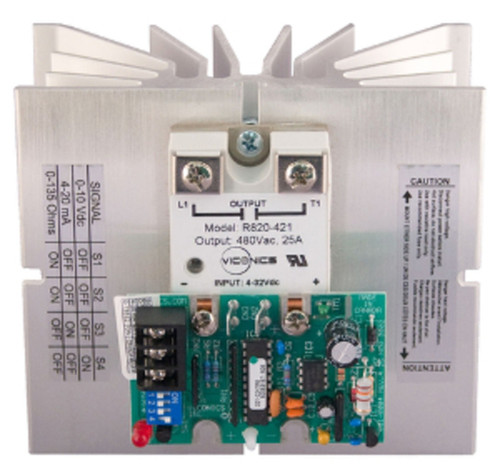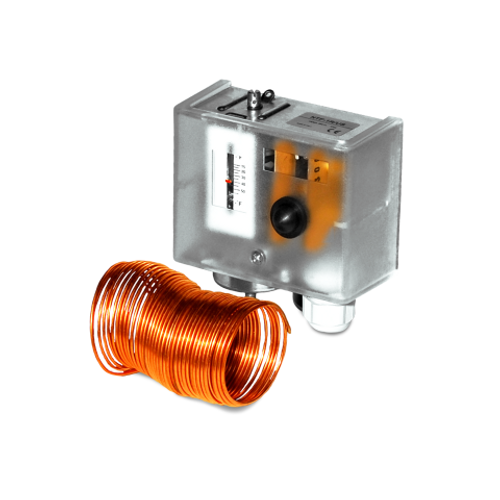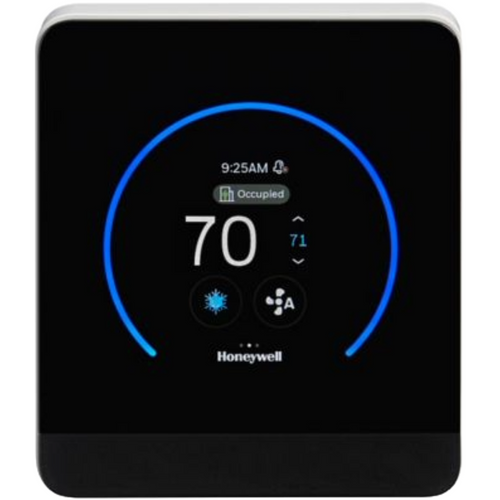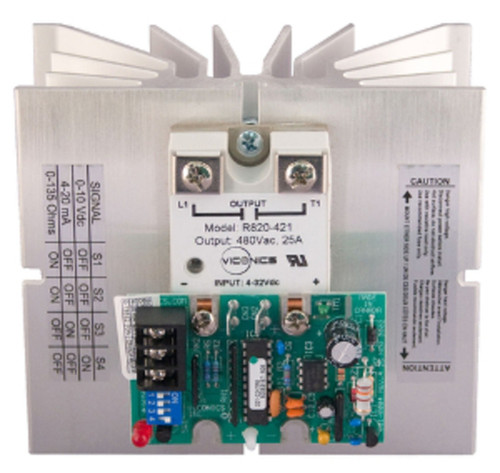-

Schneider Electric
Schneider Electric SE8650U5B11 : Roof Top Unit, Heat Pump & Indoor Air Quality Ctrl: BACnet MS/TP, RH sensor & control, PIR motion sensor, White Case/Fascia
MSRP: $1,491.27$555.00 -

Siemens
Siemens RDG110U : Room thermostat, AC 24 V, for fan coil units and heat pump applications
MSRP: $336.88$128.01 -

Schneider Electric
Schneider Electric SE8350U0B11 : Low-Voltage Fan Coil Room Controller & Zone Controller, RH sensor & control, White Case/Fascia, BACnet MS/TP Communication
MSRP: $1,141.44$425.00 -

Schneider Electric
Schneider Electric SE8650U0B11 : Roof Top Unit, Heat Pump & Indoor Air Quality Ctrl: BACnet MS/TP, RH sensor & control, White Case/Fascia
MSRP: $1,141.44$425.00 -

Viconics
Viconics R820-641-REV2 : SCR Power Controller with Heatsink, Maximum Voltage 600V, Max Amperage 45A, 1-Phase
MSRP: $1,295.08$482.00 -

ACI
ACI FS-3 : Freeze Stat, 10' Capillary, Manual Reset, 1 x SPDT, 2-Year Warranty
MSRP: $359.00$175.91 -

Siemens
Siemens RAA20U : Thermostat, Electric, Line Voltage, Exp Setpoint Knob, Dual Scale
MSRP: $74.63$28.36 -

-

Schneider Electric
Schneider Electric TC-5231 : Low Temperature Thermostat, SPDT Electrical Switch, Auto Reset, 20' Capillary
MSRP: $479.93$179.00 -

-

Viconics
Viconics R820-621-REV2 : SCR Power Controller with Heatsink, Maximum Voltage 600V, Max Amperage 25A, 1-Phase
MSRP: $783.37$291.00 -

ACI
ACI FS-3A : Freeze Stat, 10' Capillary, Automatic Reset, 1 x SPDT, 2-Year Warranty
MSRP: $314.00$153.86

FreezeStats and Thermostats
A freeze stat is a type of low temperature sensor that is used to detect when the temperature in a given area falls below a certain point, typically the freezing point of water. Duct mounted low-temperature detection sensors with vapor filled copper capillary tube are used to protect water coils from freezing within the air handling equipment. Any section of the capillary tube that is below the set point will cause the vapor to condense to a liquid and trip the SPDT contact. Reset options are manual or automatic and depends on product selection.
Building automation thermostats are specialized thermostats that are used in building automation systems to control the temperature in a building. These thermostats are typically connected to a network of sensors and other devices that monitor and control various aspects of a building's heating, ventilation, and air conditioning (HVAC) system. Building automation thermostats allow users to set and maintain precise temperature levels in different areas of a building, helping to ensure the comfort and safety of occupants while also maximizing energy efficiency. Building automation thermostats can be controlled manually or can be programmed to operate automatically based on a variety of factors, such as the time of day, the weather, and the occupancy of the building.
